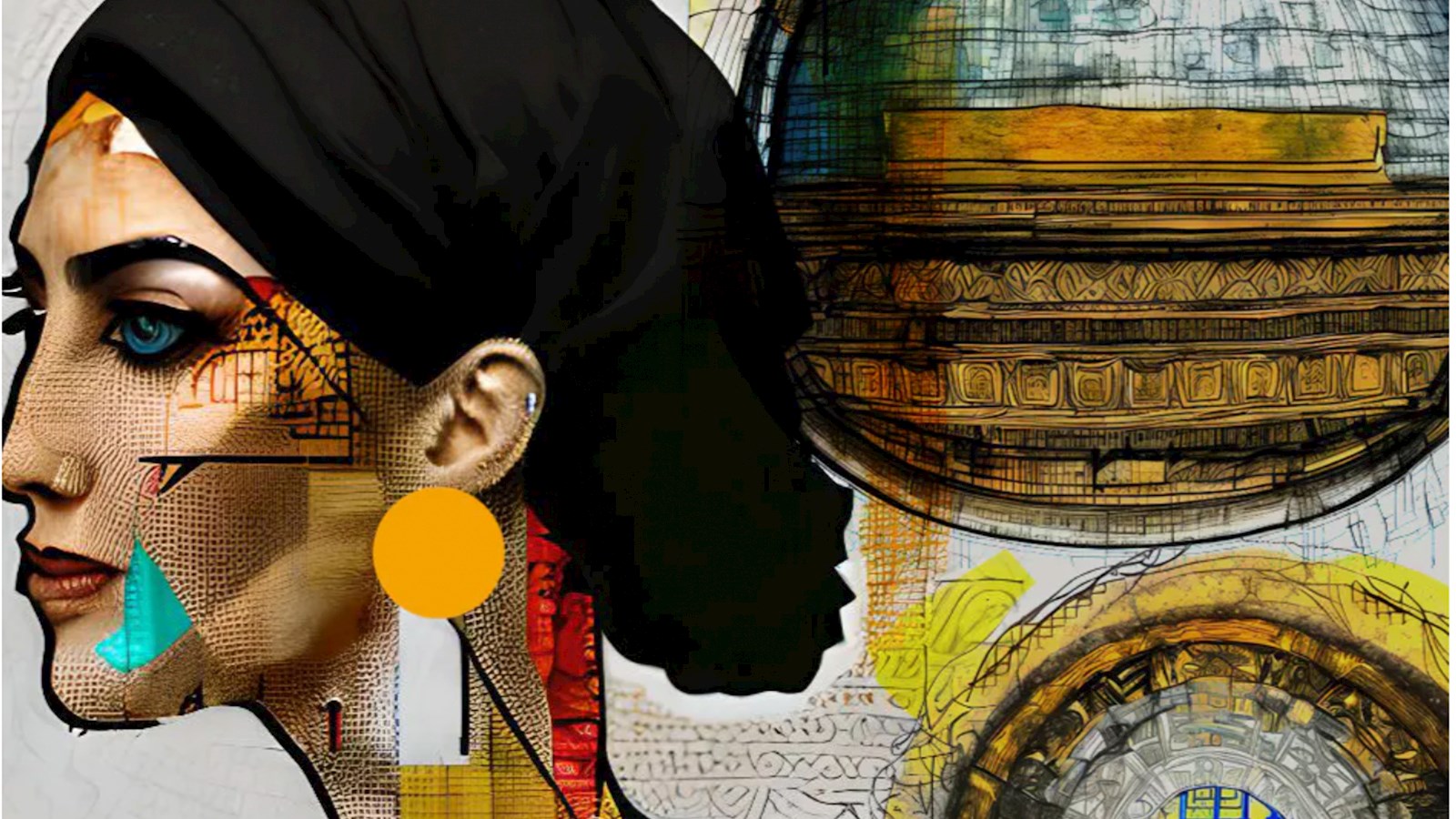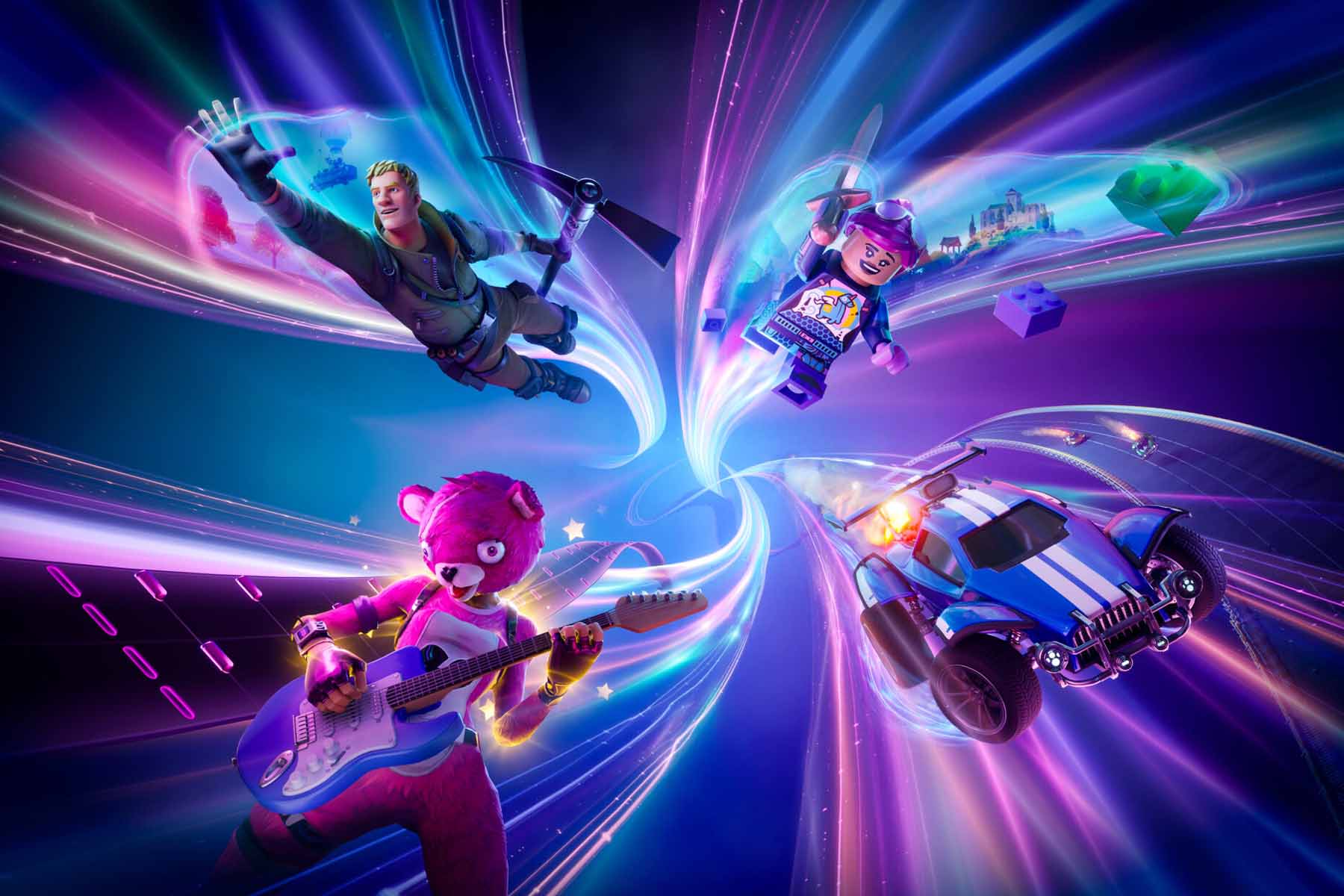
Gen AI: how the world could look
So much has been said about the wonders and the worries associated with generative AI. But re-imagining a world without violence and prejudice is very much a new use of the technology. Jason Carmel at WPP’s Wunderman Thompson explains
A.IRAN – rewrite the story is a shining example of how generative AI can be used to re-imagine the past as a more hopeful future. It was created by Wunderman Thompson’s Belgian operation in partnership with its Global Creative Data Team for non-profit organisation the Iran Democracy Council.
“This organisation comprises women – lawyers – of Iranian heritage who are fighting human rights issues on behalf of Iranian women. We worked with them, using AI, to raise awareness,” says Carmel.
“We trained an AI on Iranian history, and then we asked it to write a book about women’s human rights in Iran as if it were the year 2026. It generated a book. And the book has multiple chapters that cover self-determination, politics, education, family dynamics, and so on.”
All elements of the campaign are AI-generated: images, text, women’s stories and so on. Based on what has gone before, the AI can predict what human rights for women in Iran will look like in the year 2026.
“But this is the worst-case scenario. The campaign demonstrates that, if you act, you can literally rewrite the story. The narrative changes before your very eyes when action is taken and you can then see that the situation becomes a lot more hopeful,” he says.
“This is one of the first examples of text to video. We love that AI has become part of the story (for example when AI is used to remove women’s head coverings), as opposed to being just a tool.”
He points out that, while generative AI contributes efficiency and speed to the creative process, it can also actually be used creatively. This is very much an example of the latter. And it is also an example of how generative AI is likely to introduce new opportunities in terms of roles and creative outcomes.
Well bedded in
Given all the hype, you could be forgiven for thinking that generative AI came from nowhere in 2023. This is a long way from the truth. “We’ve been working with generative AI for around two years now,” confirms Carmel.
“In fact, we built an art installation in our New York office a year and a half ago. That installation used generative AI to make graffiti based on words that anyone could suggest.”
He continues: “We also used it on a campaign for Nestlé called #ABreakForHaveABreak. We built a text generator – that produced KitKat slogans using AI – about two years ago. But the tools themselves have got so much easier to access since then. And that's a good thing. We now have access to this wonderful new tool that can help our teams build things in a different way. In turn, this opens up new opportunities for our clients.”
What is more, Wunderman Thompson has a performance marketing team that uses generative text to optimise SEO and SEM. “This is a very tactical use of AI, but I also think it is a very clever one,” Carmel says.
“Our production studios are also generating art in video to save time and money. But all this complements the work we are already doing in the studios and makes our work better.”
He points out that clients usually request the help of agencies to reach customers in new and unique ways. And AI technology provides a way to do that. “We’ve shown a lot of generative AI ideas to our clients, and they've been very receptive to them. But only because they're ideas that touch hearts and minds, and inspire people to do things. That much hasn't changed about our business,” he says.
“Our core purpose is to develop interesting and persuasive ideas for clients to use to connect and inspire their consumers. The tools may change but our core purpose can't.”
But still a new lease of life
Wunderman Thompson may have a good couple of years’ experience in using generative AI tools, but we are still in a honeymoon period.
“There’s an aspect of magic to it,” says Carmel. “There's surprise and delight that comes from using some of these tools that’s inspiring and motivating. And it’s fun.”
But while the honeymoon period is fun, there is also the harsh reality that the technology is radically outpacing regulation. We, at Wunderman Thompson and WPP writ large, have policies in place that give us guardrails,” he says. “But we should look to government, technology companies and businesses that use AI to participate in regulation. Everyone must do their part.”
He concludes: “We still need to be guided by our own moral compass and common sense. Business guidelines should be the layer on top of that. I can make something deeply offensive, using a pen and paper and I can make something deeply offensive using AI. The difference is that I know exactly where everything came from when using pen and paper. When using AI, we need to be knowledgeable about where the risk comes from, and we need to address that risk.”
published on
12 April 2023
Category
More in Technology & data

How to build your brand in-game
A new research report from WPP and SuperAwesome

WPP puts itself at the heart of collaborative 3D worlds
Pixar's 3D animation file format – USD – is the invisible building block of our digital 3D future.

A clarion call for AI, accessibility & advertising
Innovating at the intersection of AI, accessibility, and advertising

